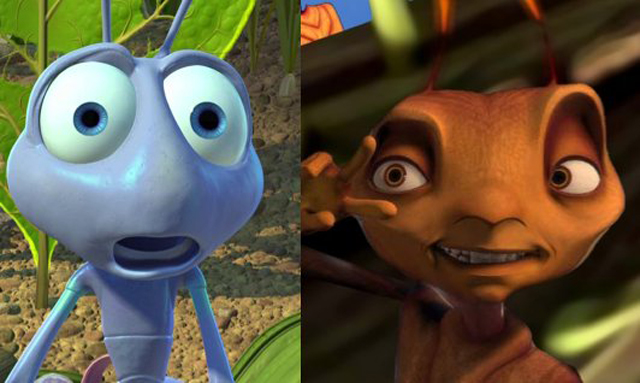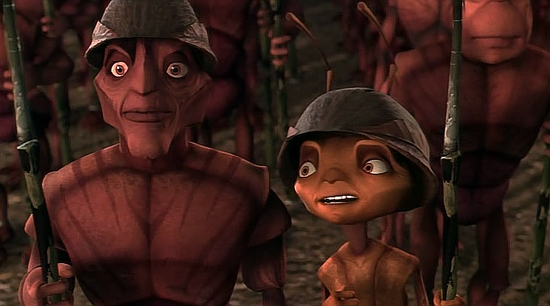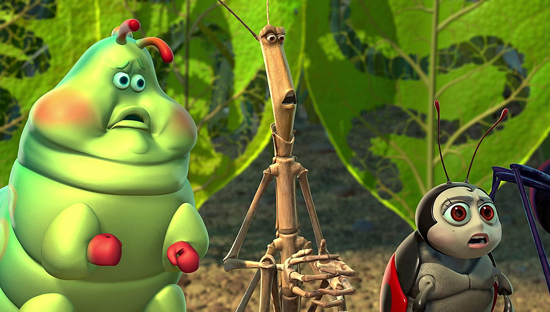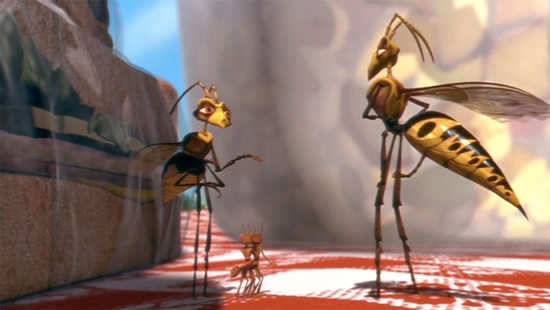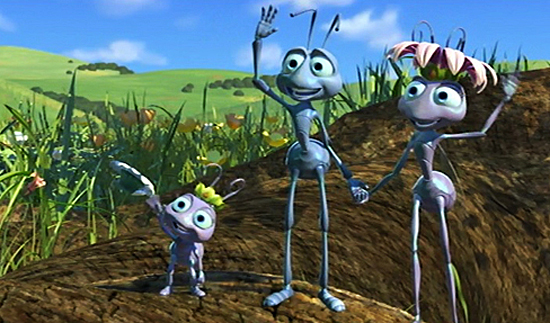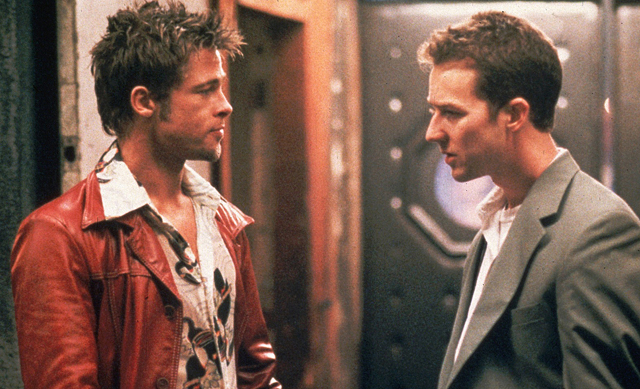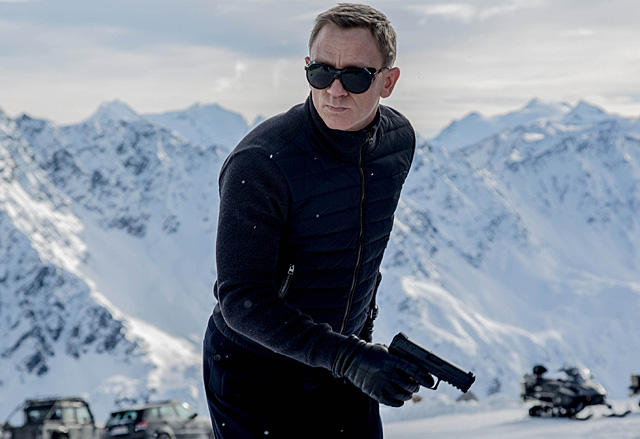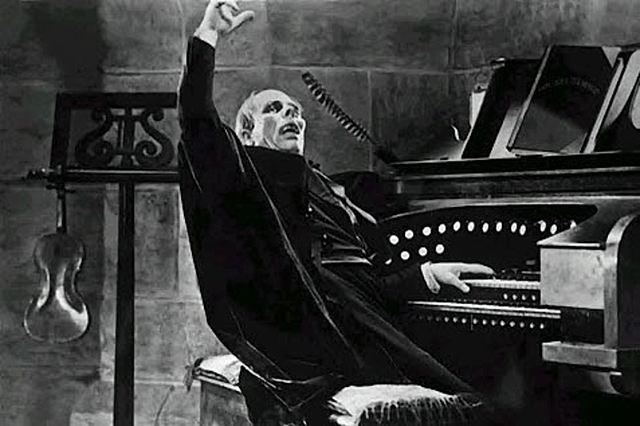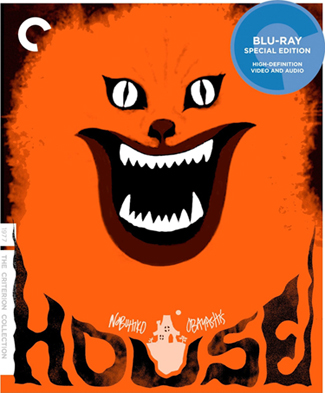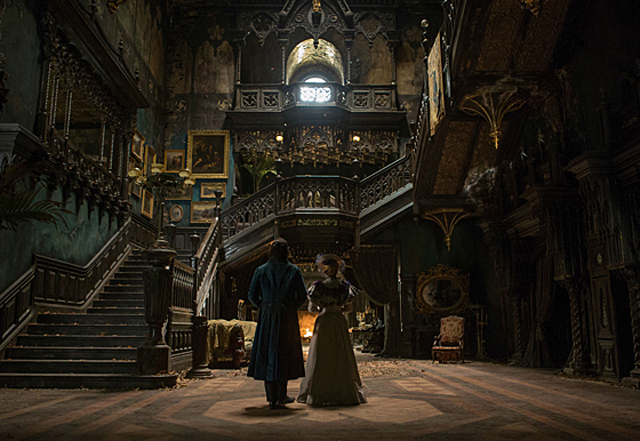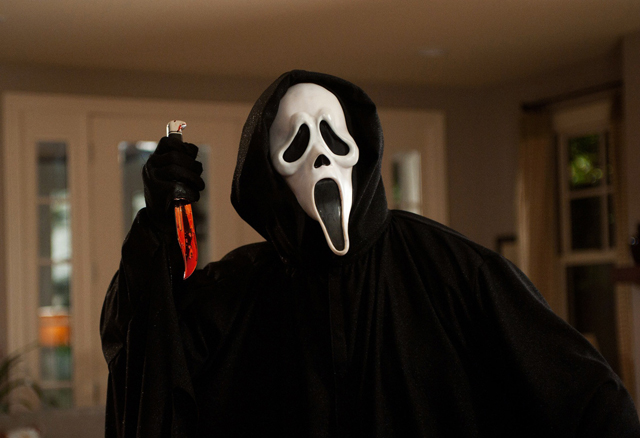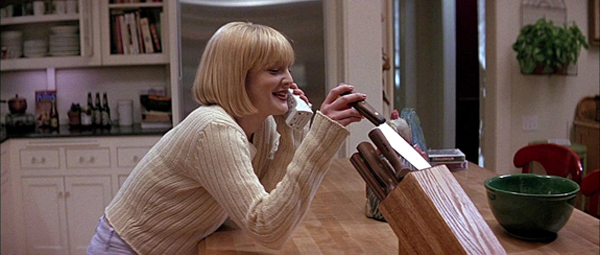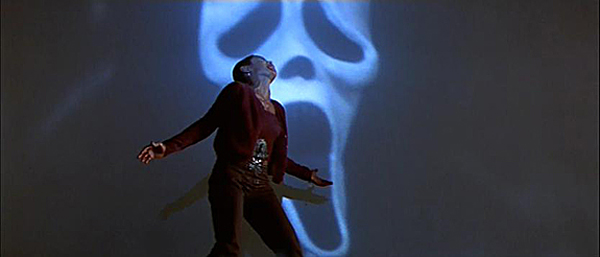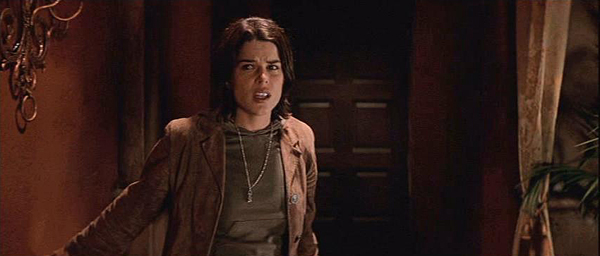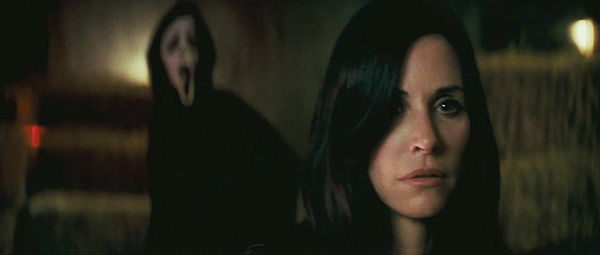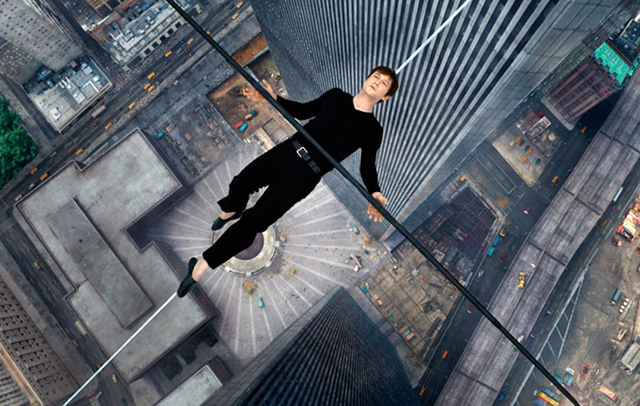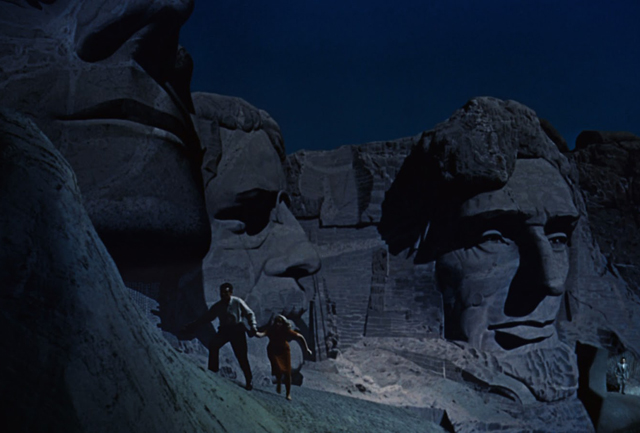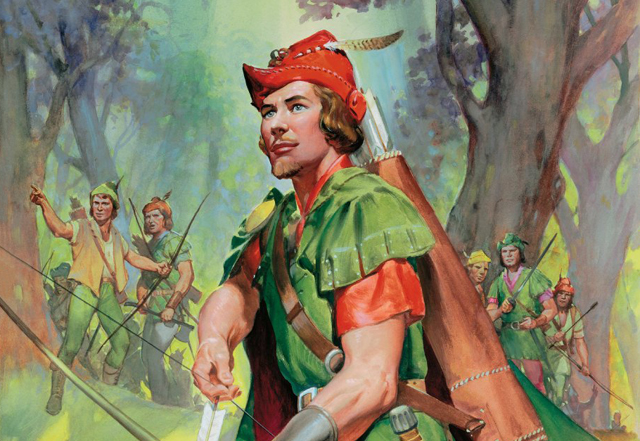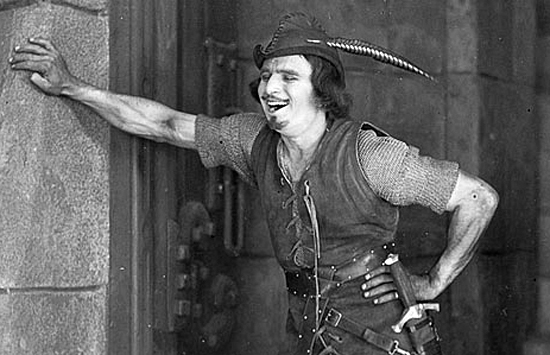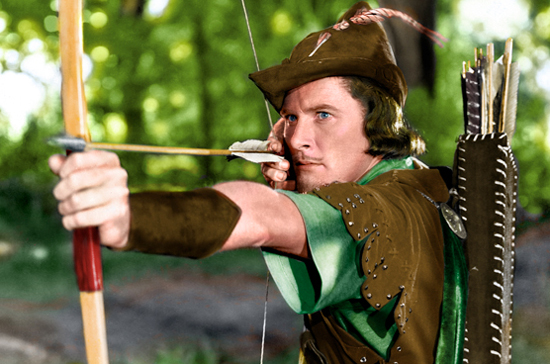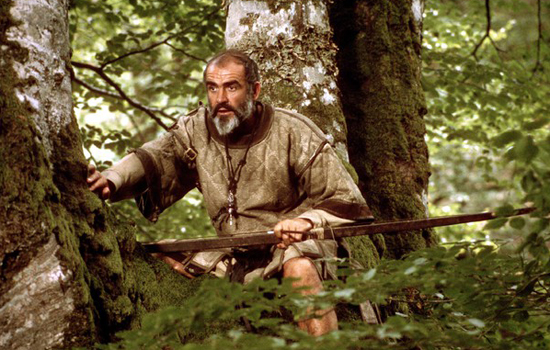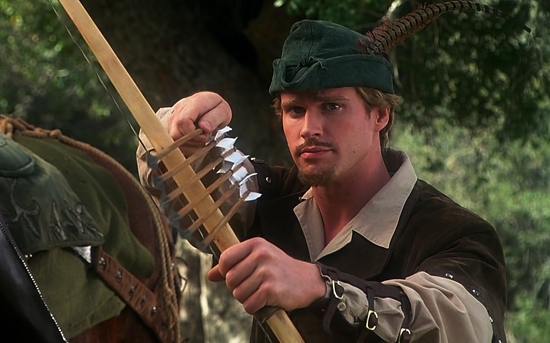Whenever Hollywood studios develop projects that are similar in story or style, it usually can be explained away as just a coincidence or more likely companies just capitalizing on a trend. And then there are cases where the two movies are so alike that it can’t be seen as anything other than pure competitive one-ups-man-ship. This becomes especially true when you have two companies that have a long history of trying to out-do each other, especially if one is playing catch-up. And for much of the 2000’s, that was the situation with animation giants Pixar and Dreamworks. Pixar hit the market big first with their groundbreaking Toy Story (1995). But in the mid-90’s, Dreamworks was also formed with the partnership of filmmaker Steven Spielberg, music mogul David Geffen, and former Disney exec Jeffrey Katzenberg. With Katzenberg on board, Dreamworks naturally set out to create an animation wing of their own that would be competitive against the juggernaut that is Disney; Pixar’s parent company. Admirably, they set out to attract the best talent in the business that wasn’t already under contract with the House of Mouse and they came out of the gate swinging with their first feature in development, the traditionally animated epic The Prince of Egypt (1998). The Prince of Egypt did fairly well at the box office, and even garnered an Oscar for Best Original Song, but with the success of Toy Story from Disney/Pixar, the animation industry began to shift dramatically towards computer animation. To stay competitive, Dreamworks partnered with PDI (Pacific Digital Imaging) to create an CGI feature of their own. And the subject they chose to animate seemed a little too familiar to those who were seeing what Pixar was also following up with themselves.
For any animation studio out there, one of the hardest subjects to try to animate is the world from the point of view of an insect. You’ve got to take in the sense of scale of the miniature world and how life-like it has to appear to feel real. Needless to say, it takes ambition to pull it off, so rather surprisingly, both Pixar and Dreamworks landed on this subject very early on in their life span. Within a short window of time, Pixar announced that A Bug’s Life would be their follow-up to Toy Story and Dreamworks announced that Antz would be their first computer animated feature ever. It’s understandable that this would seem like a logical choice for both companies to come to in order to assert their positions as animation pioneers, but when it was announced that Antz was being rushed through production in order to beat A Bug’s Life to theaters by a couple of weeks, it started to make people wonder if this was more than just a friendly competition. Certainly the tumultuous departure of Jeffrey Katzenberg from Disney may have led some to believe that this was a direct challenge against his former company, hoping to prove that he can do them one better. Regardless if that was his true intent, the tight release schedule between the two movies marked the beginning of a decade long battle between the two animation powers, with multiple films released over time that featured strikingly similar plots, characters, and/or settings. These included 2000’s The Road to El Dorado and The Emperor’s New Groove, Finding Nemo (2003) and Shark Tale (2004), and also How to Train Your Dragon (2010) and Brave (2012). It was an interesting battle of like-minded films for many years, but in this article I’d like to focus on where it all started with Antz and A Bug’s Life because it represented a time when both studios were on an even playing field, which makes the contrasting of the different films all the more interesting separated from the legacies they launched.
“Yes, Z. You are insignific-ANT.”
Certainly by looking at the surface of both films, you can definitely see a great deal of similarity. Both are about bugs, with ant colonies being the primary focus. Both feature an underdog hero that upsets the established order. And both feature a princess who becomes the love interest of the hero as well as the catalyst for that social change. But, when watching both movies, you will actually find that the plots themselves are not as similar as you’d think and that’s the most interesting difference between the two. Antz is about a lowly worker ant named Z (voiced by Woody Allen) who wants to challenge his place in the social order by leaving his job in the tunnels and fighting in the army, hoping to prove himself. He does just that, trading places with his army friend Weaver (Sylvester Stallone), only to find himself way in over his head. After escaping to the outside, Z learns of a sinister plot by General Manible (Gene Hackman) to commit an ethnic cleansing of all the worker ants, leaving only the stronger fighter ants loyal to him in charge. As you can see, even despite being a family film for all ages, there are actually some very heavy themes throughout. That works as Antz biggest strength, because it feels much more original in story than most other animated films, particularly when it’s dealing with themes of individuality in a totalitarian system. For a class of film that has so often dealt with themes about the nobility of royalty (like most of the fairy tales told by Disney) it’s kind of refreshing to see an animated film invoke the ideas of political authors George Orwell and Aldous Huxley (whose novel Brave New World was a particular influence here) that speaks more to the heroism of the lower, oppressed classes. Though not new concepts explored in Hollywood film-making, this was certainly something different for animation, and it helped to make Antz a standout right away.
A Bug’s Life by comparison seems a bit more familiar and less of a gamble in the story department. It involves a lowly worker ant named Flik (voiced by Dave Foley) who seeks to help out his colony by hiring “warrior bugs” who will help them fight a gang of Grasshoppers who are terrorizing their community, led by their lethal leader Hopper (Kevin Spacey). Flik finds the bugs he needs, only to learn too late that they are in fact “circus bugs” and not real warriors. Overall, while still entertaining, A Bug’s Life doesn’t really feel that original, and not because of some similarities it has with Antz; it’s basically Seven Samurai (1954) with insects, and not much else. True, it does alright with the formula, but after the groundbreaking Toy Story, you would think that a place like Pixar should’ve done something wholly original as their follow-up. Instead, the story of A Bug’s Life plays by the rules of a standard underdog against the oppressors story-line, which granted Antz did as well, but with a much more sophisticated angle. When you look at all the Pixar films together, A Bug’s Life actually ranks among the less popular, following in the company of Cars 2 (2011) and Brave (2012), two other very formulaic pictures. A Bug’s Life is better than those two though, but it’s not all that surprising that it’s place in the Pixar library has diminished over time as the studio has continually pushed the boundaries with movies like The Incredibles (2004), Wall-E (2008), and Inside Out (2015). As story-lines go, Antz takes more chances with their story by not being afraid to go into darker and deeper themes, which helps to give it a slight edge.
“I only got twenty-four hours to live, and I ain’t gonna waste it here.”
Though the stories share many similarities, and differ greatly in their presentation, the bigger difference between the two would be the development of the characters. And again, there are different levels of effectiveness that define the two films. First off, we look at the main characters of Z and Flik. In this case, the better of the two would be the former. Flik, though likable, is sadly the more generic character, and that’s probably because of the story’s insistence that he be too likable. Flik is clumsy, yes, but the movie never portrays him in an unflattering light and he continually plays the role of the misunderstood every-man who has all the answers. This sadly robs the character of any individuality; Flik is just too nice for his own good. Z on the other hand is not as easy to like right away. He’s a smart ass who talks behind peoples’ back and for most of the movie he acts only in his self interest, up until the point that he discovers that he must stand up for what is right. Also, he’s continually plagued with self-doubt and a feeling of inferiority, which often explains why he lashes out at others in the movie. This is where the casting of Woody Allen makes all the difference with the character, because this kind of personality has been a trademark of his throughout his career. Allen contributed some un-credited dialogue into the movie and I’m sure that was primarily geared towards shaping the character of Z. He’s an unconventional hero, one who never intended to make a difference but did so anyway, and that’s what ultimately makes him more interesting. By contrast, we know Flik will rise to the top in the end and that sadly makes him less interesting as a character. What he needed was a less telegraphed story arc that would’ve opened up more depth to his development.
“Time stands still for no ant.”
Where A Bug’s Life actually gains an advantage over it’s competition is in the rest of the film’s characters. One thing that has really differentiated Pixar and Dreamworks over time is the way they cast their characters. Dreamworks tends to favor marquee names that will help to sell their films, while Pixar leans more in favor of casting actors better suited for the role (including having their own in-house artists voicing characters in the final product). This was true from the beginning with these two movies. Antz does have the benefit of getting a name like Woody Allen on board, who brought a lot to the role. Unfortunately, the rest of the acclaimed cast leaves much less of an impression. Apart from actors Dan Aykroyd and Jane Curtain playing the WASP-iest of wasps, no one else makes their characters distinct, which is especially problematic when it’s hard to tell them apart. A Bug’s Life on the other hand has a wonderfully diverse set of characters all voiced by many talented character actors who were perfect for the roles. There’s something a little genius about having a ladybug voiced by hard-edged comedian Denis Leary. But, the unconventional casting also helps to set these characters apart from the rest, giving them easy to define personalities. This even extends to the ant colony, which had voices as diverse as Julia Louise-Dreyfus, Phyllis Diller, Alex Rocco, and Roddy McDowall among them. But, the best bit of casting that puts A Bug’s Life ahead of Antz is with the villain. As legendary as Gene Hackman is, he’s saddled with a rather generic villain to play as General Mandible; never once deviating from the typical identity of the military a-hole character trait. A Bug’s Life on the other hand has Hopper, one of the best animated villains of all time. Kevin Spacey brings a lot of menace to the part and makes the character truly terrifying, something I’m sure he picked up from roles in Seven and The Usual Suspects. He stands out because he oppresses not out of a need to keep a sense of order, but instead for his own sadistic fulfillment, which makes him a far more terrifying and effective villain overall.
Now, one thing the films share in common is that they were both made during the infancy of computer animation. You look at the textures and the fluidity of the animation found in both movies and hold them up to the standards of today, you’ll definitely see how far we’ve progressed in the technology over the last decade. But, despite the fact that both were made in a less advanced time and look dated today, one still manages to hold up better than the other. And again, this is where A Bug’s Life’s diverse cast helps to give it an advantage. A Bug’s Life makes the most of it’s limitations by giving the movie more color and different styles of character design. When you look at the cast of Antz, the characters all look the same, showing a rather lazy attempt at character design on the art department’s part. Sometimes while watching it, I couldn’t pick our hero Z out of a crowd because his design was no different than the rest. By comparison, Flik stands out more because he interacts with many different types of bugs, and not just his own kind. Antz unfortunately didn’t attempt to give it’s movie more than just a unified design for all it’s characters, and that unfortunately diminishes it’s visual presentation, especially when seen today. I think that A Bug’s Life had the advantage of having been preceded by Toy Story, which helped Pixar learn a lot of lessons about character and environment design. Dreamworks wouldn’t be able to differentiate itself by style until years later when movies like Shrek and Madagascar (2005) relied more heavily on stylized animation. Unfortunately, their advances have left Antz more forgotten over time, while A Bug’s Life still holds a more esteemed reputation in the eyes of audiences today.
“It’s a bug-eat-bug world out there, princess. One of those Circle of Life kind of things.”
The fierce battle between the two animation giants provided a interesting era of creative growth over the last decade, sparking a lot of advancement in the medium. But, what is so fascinating about the rivalry between Dreamworks and Pixar is that it existed right from the beginning. Really, it seemed that much of their identity as companies was defined by their desire to out do the other and it began right here with these two very similar movies. Over the years since, both studios would be vying for greatness in different ways; Dreamworks would garner the bigger box office success, but Pixar would win more of the year end awards. Sadly Dreamworks and Pixar have both fallen victim to their own success, with the former seeing lower box office due to an overly aggressive release schedule and the latter having to make less effective sequels to their biggest hits (Cars 2 and Monsters University) which in turn alienates it’s audience from the originals. Not to mention their success has enabled other producers to up their game, including Disney itself and Illumination Entertainment with their pesky Minions, causing a more competitive market. But, without the competition we’ve seen, we wouldn’t have the high quality of animation that we see today, so we should be grateful that Dreamworks and Pixar were trading blows so early on. Though they both have their strengths and weaknesses, I’d say A Bug’s Life comes slightly out on top thanks to it’s more appealing visuals and iconic villain. That being said, Antz isn’t worth ignoring eithe , thanks to an engaging main hero and a surprisingly intelligent story-line. Though both movies were produced and released at a time of bad blood between the studios which continues to this day, it’s still refreshing to see a fine legacy born out of that conflict.
“Finally. I have become a beautiful Butterfly.”
